lovelyloisss asks:
My puppy bites people when she gets all amped up, playing or not. Not viciously but it hurts most of the time. How do we get her to stop?
I'm so glad you asked this question, lovelyloisss! Puppy mouthing is a very normal and natural behavior. Not only is it normal, it's also very important. Before I give you advice on how to stop it, I want to explain to you why it's happening in the first place.
Why do puppies bite all the time?
Dogs get two different sets of teeth in their lives, much like humans—puppy teeth and adult teeth. Many people who work with dogs in one way or another lovingly refer to these puppy teeth as "needle" teeth. As you are well aware, they are very sharp! Puppy teeth are sharp and puppies bite literally all the time on purpose and for a reason: whenever they put even the smallest amount of pressure on the skin of humans and other dogs/animals, the puppy gets important feedback about how hard they're biting. This interaction and the feedback teaches puppies how to use their teeth properly in reference to skin before those jaw muscles develop and before they can cause actual damage—this is called bite inhibition and is defined as a dog’s ability to control the pressure of their mouth when biting to cause little or no damage.
In the old days, the most common way of dealing with puppy mouthing was to punish the dog whenever they put their teeth on your skin, period. Modern trainers know better now. Developing bite inhibition is crucial, and the only chance to learn it is when they are puppies.
Here's the scenario: at some point in your dog's life, you could accidentally drop something heavy on your dog or step on them or do something that might startle or cause your dog pain. As a reflex response, your dog might whip around and put his or her teeth on you. Taking the time to teach your puppy proper bite inhibition can mean the difference between some saliva left on your hand from where their mouth was vs a trip to the nearest emergency room (and perhaps the euthanasia room for the dog…) In those moments, it doesn't matter how sweet or well-trained your dog is—bite inhibition is muscle memory and they either have it or they don't.
The first part or teaching a puppy proper bite inhibition is to teach them how to be gentle. The second part is to reduce the frequency of them putting their teeth on your skin at all.
Giving proper feedback for puppy biting: how to teach Bite Inhibition
When teaching a puppy how to be gentle with their mouth, I use a method that I call Three Strikes, You're Out—when your puppy puts his/her teeth on your skin and applies too much pressure, you give them three chances:
- The first time it happens during a play session, that's Strike One. I usually let out a loud yelp, I pull my hands away, pause play session for a few seconds, ask the puppy to 'sit', and then resume play.
- When the puppy applies too much pressure again, that's Strike Two. I let out a louder yelp, stand up and turn around for a few seconds or maybe even step out of the play pen. I won't go out of sight. After a few seconds, I ask puppy to sit and then I'll resume play.
- If puppy applies too much pressure again for a third time - Strike Three. I'll leave the room and go out of sight and play time is over. This teaches your puppy that biting means losing your playmate.
Once your puppy is being gentler with his/her teeth, you can start being more sensitive. If your puppy even presses with the smallest amount of pressure, proceed with the Three Strikes, You're Out plan. Even if it doesn't hurt, pretend that it does. This teaches your puppy that humans are very sensitive! And that they need to be very careful!
Once your dog is being so very gentle with those teeth, you can start teaching them to not use their teeth on your skin at all. Teaching them behaviors like a 'target' or reinforcing them for putting their mouth on or around your skin without using their teeth at all is a great idea.
Other helpful ways to reduce puppy biting:
Do not present your hands as chew toys. When playing rough with your dog, always have a toy they can grab onto instead of your hand or arm. When they make the choice to grab the toy, reinforce them by playing tug or any other game! Basically: grab a toy and we can play, grab my arm and the game stops.
Be very conscious of how you touch your dog. I like to be very clear when I'm instigating play versus giving affection. Especially with puppies. Vigorous touch is very stimulating to a puppy so keep it low key and they'll be less likely to get themselves in trouble!
Keep it safe. When playing with a puppy, make sure to do so in a playpen or an area in which it's safe for them to be left alone for a few moments.
Beyond that, make sure you have some great training basics and are being consistent with them! Keep in mind that this process takes weeks and sometimes months. If you aren't interested in helping your pup to learn this life skill, consider getting a puppy that's at least 6 months old. Also, don't forget to laugh and have fun! That obnoxious puppy phase doesn't last forever so enjoy it while it lasts!
See also: Puppy Biting by Dr. Ian Dunbar


